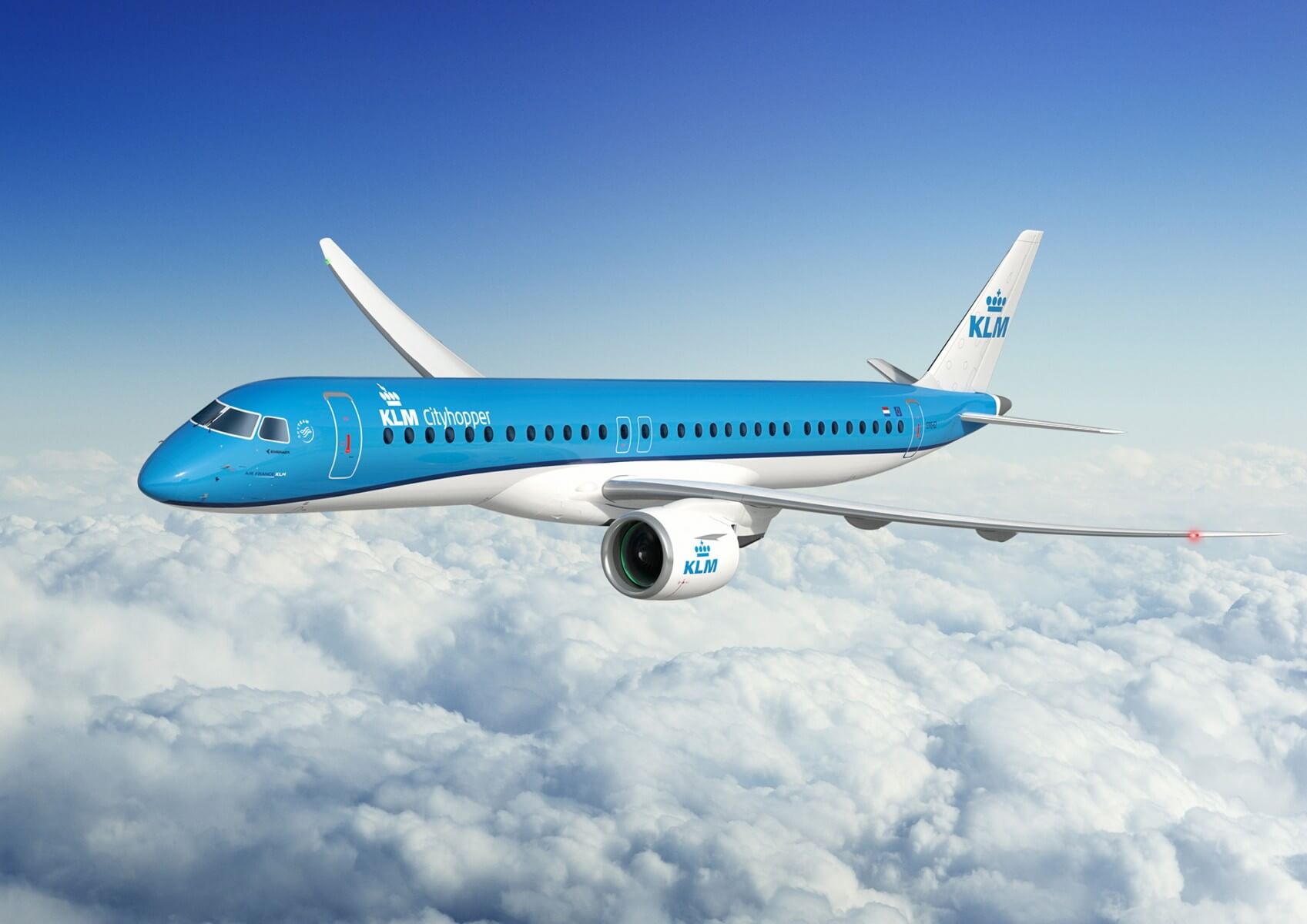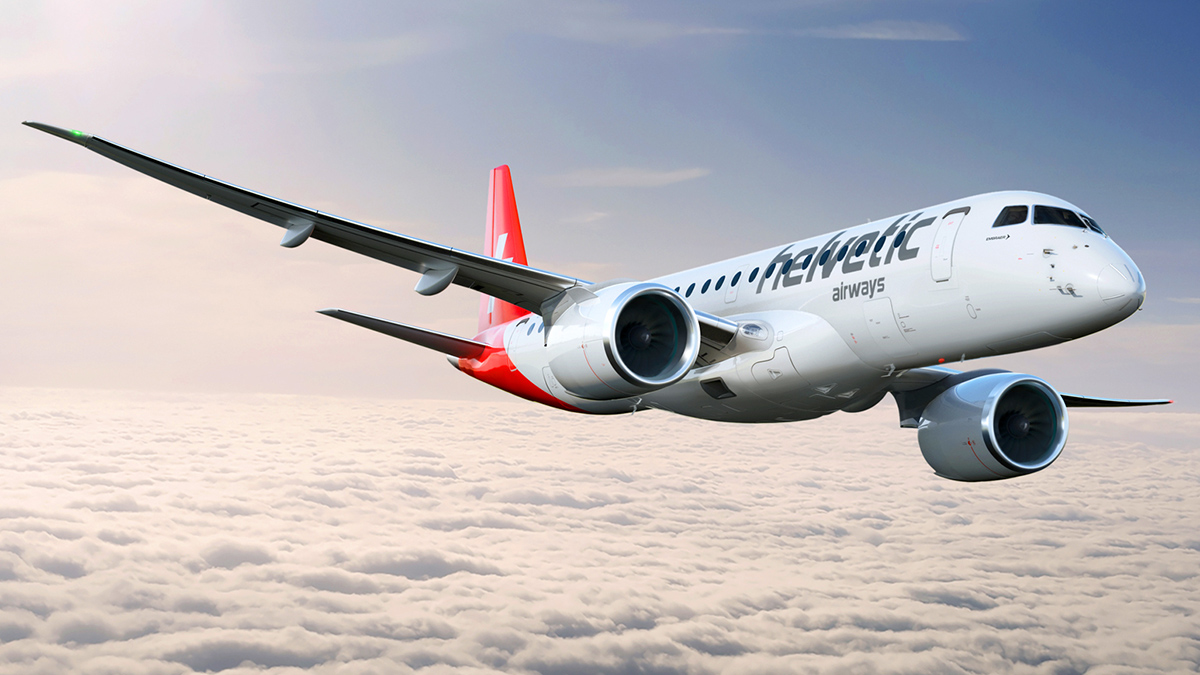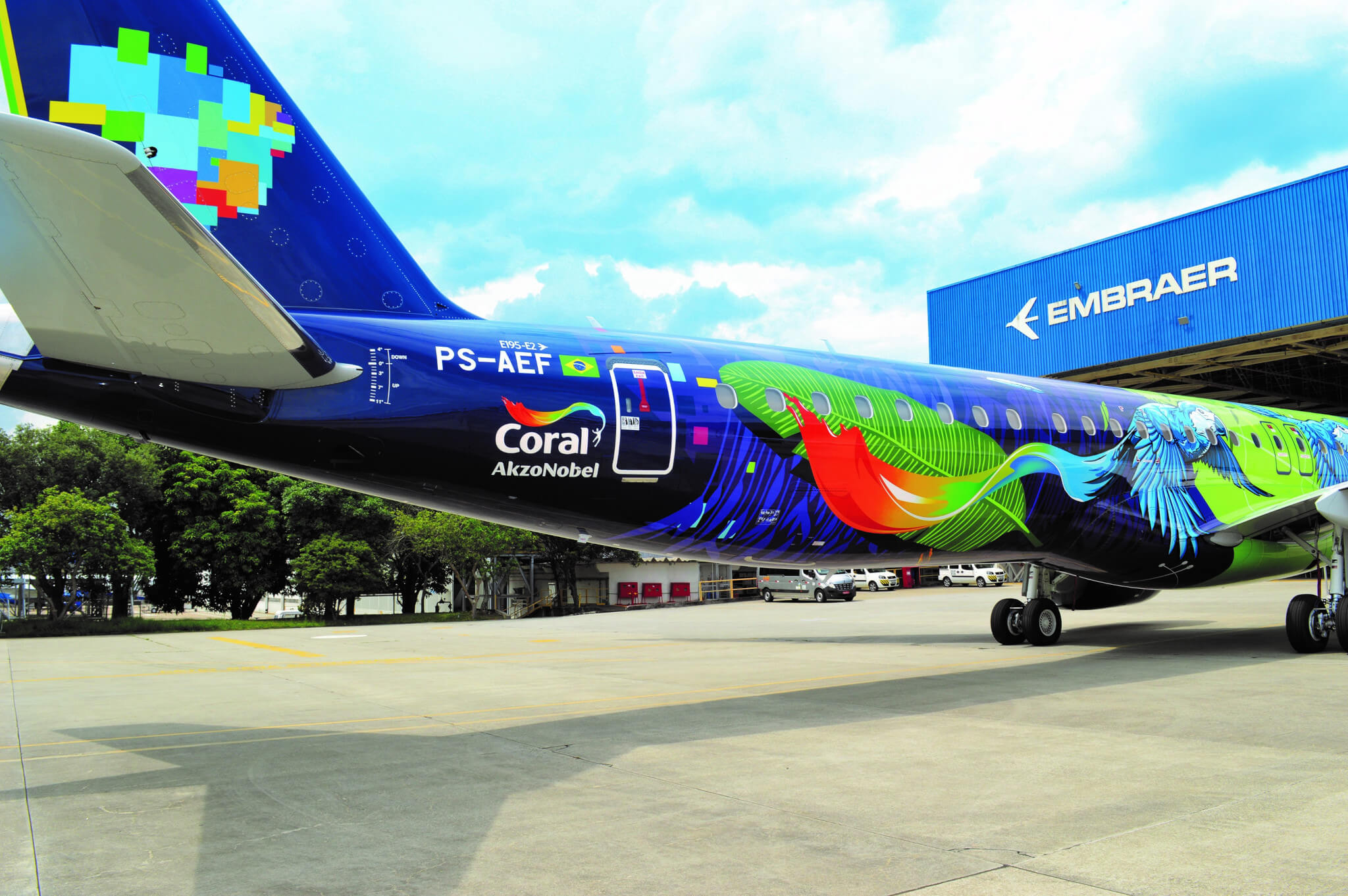Concern Regarding Business of Regional Aircrafts

Solution: Embraer
source: simple flying
Amsterdam, 25 May 2021– Just a couple of weeks ago, Alexis von Hoensbroech, CEO of Austrian Airlines, expressed some concerns regarding the future of the regional aircraft segment.
The catchy title of the Simple Flying article sounded even stronger, and obviously we here at Embraer didn’t like that sound very much.
Luckily for Embraer, in the same article, where he manifests his concern, Mr. von Hoensbroech clearly stated that he had no intentions of phasing out his E-Jet fleet, and that he saw relevant applications for them on Austrian’s smaller markets.
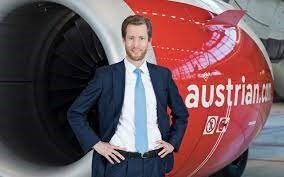
Hereby, Embraer doesn’t want to dismiss or diminish any challenges that might stand ahead of our segment, but there was one sentence that caught my attention and prompted me to write this article:
“ The thoughts at Embraer are that this is a trend that you can’t work against, because the ticket prices came down so much that the unit costs of the small aircraft are just too big.”
Ticket Price does not Equal Yield
The focus on unit costs when discussing the relevance of our segment is our daily bread and butter.
But there is another side of the equation that is often forgotten, and in my opinion greatly underestimated: the unit revenues.
It is true that the ticket prices have been consistently coming down over the last years and decades, though at Embraer there are few remarks.
However, in our experience, surprisingly often, the concept of average fare is mistakenly equalized with the concept of unit revenue, be it RASK or Yield.
Consequently, it is assumed that the revenue potential is flat and independent of the aircraft deployed, and the only variable is unit costs. Such an approach would virtually always favor the bigger aircraft.
In reality, the ticket price represents the customer’s willingness to pay a certain amount of money for a certain service at a given point in time, under a specific competitive scenario.

From this perspective, the ticket price is somewhat objective, shaped by the market forces, and carriers have limited tools to influence it.
Understood this way, the average market fare defines the absolute revenue potential.
Yet, there are a lot of decisions airlines can take to influence how efficiently they will realize this potential. Fleet strategy and capacity management are among the most important ones.
Right-sizing has been at the core of Embraer’s marketing narrative for years.
One of its fundamental elements is shifting focus from unit costs to unit profits. We believe that by deploying an aircraft that, in terms of capacity, provides the best match to the organic demand, you can maximize your yield, your load factor and consequently your RASK.
3 Drivers of Rask: Fare, Yield and Load Factor
Back to the very basics of revenue management.
Illustratively, let’s assume that the strong, organic demand on a given market is 50 passengers and there are a further 50 passengers that would be prepared to fly, but only if the price is “right”.

In one scenario (bigger aircraft), you must get all 100 passengers (on board) to fly profitably – consequently, you must passively accept whatever they are willing to pay.
In the second scenario (smaller aircraft), around 75 passengers would be enough to break even.
And now you get to “cherry-pick” the most valuable ones and hence drive your own yield up.
The other way of looking at it is would be from the load factor perspective. If everything else remains the same, you will always achieve a higher load factor with the smaller aircraft – it is basic logic or fancier: the result of applying the Boeing Spill Model and the concept of unconstrained demand.
At Embraer they are not saying that it is not possible to fly 90%+ load factors in larger narrow-bodies. Ryanair and Wizz are the very best examples, but it will always come at the expense of the average yield. Those carriers have to stimulate the additional traffic by lowering the ticket prices in order to avoid flying with empty seats.

On top of that, smaller aircraft give you more flexibility to decide how you accommodate the demand in terms of frequencies.
Let’s assume the demand is 300 PDEWs ( passengers daily each way), so there are two options:
– either fly a 180-seater narrow-body twice a day
or
– deploy a smaller jet three times a day.
Obviously, from the customer perspective, there is better value in the latter scenario. As they can choose the time that is closest to their optimal preference.
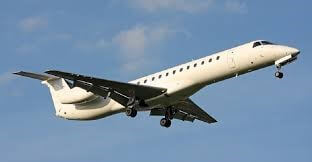
And better value means you can charge a premium for your service. However small the premium would be, your “basic” fare should always be higher if you offer more frequencies on the same market.
Great, but at this point we often hear the following concerns:
- What about the competitive aspect? Can you still realize this incremental revenue potential when you compete for the same passenger with an airline that uses a different strategy?
- Isn’t it just a theoretical concept? Can you observe the revenue benefits in reality?
- Even if my unit revenues were higher, will they outweigh the unit costs disadvantage?
Competitive Aspect
For sure, reality is more complicated than the simple model I am describing above. The competitive games between airlines operating on the same market are one of those complexities.
Detailed modelling thereof is a case for a PhD thesis alone.
In the past, Embraer worked on such models extensively, and the company would be happy, as we at eyesonbrasil are to share more observations on the topic offline.
All I want to say here, is that even if the competitive aspect diluted the revenue advantage of a smaller aircraft, it would never fully neutralize it.
source: simple flying



